11 GPTs for Weather Visualization Powered by AI for Free of 2025
AI GPTs for Weather Visualization are advanced tools that leverage the power of Generative Pre-trained Transformers to analyze, interpret, and display weather-related data in an intuitive and accessible format. These tools are designed to transform complex meteorological data into comprehensive visuals, making it easier for users to understand weather patterns, forecasts, and historical weather data. The incorporation of AI GPTs in weather visualization highlights the role of machine learning and natural language processing in enhancing the accuracy and user-friendliness of weather-related information.
Top 10 GPTs for Weather Visualization are: Weather GPT,Weather Artist | Climate Illustrator 🌎✍️🌦️,My Weather Graphics,Artistic Weather Sketcher,WeatherPix,3D城市天气,Weather Graphics Wizard,Climate Canvas,Weather Artist,Friendly Weather Guide
Weather GPT
Bringing Weather to Life with AI
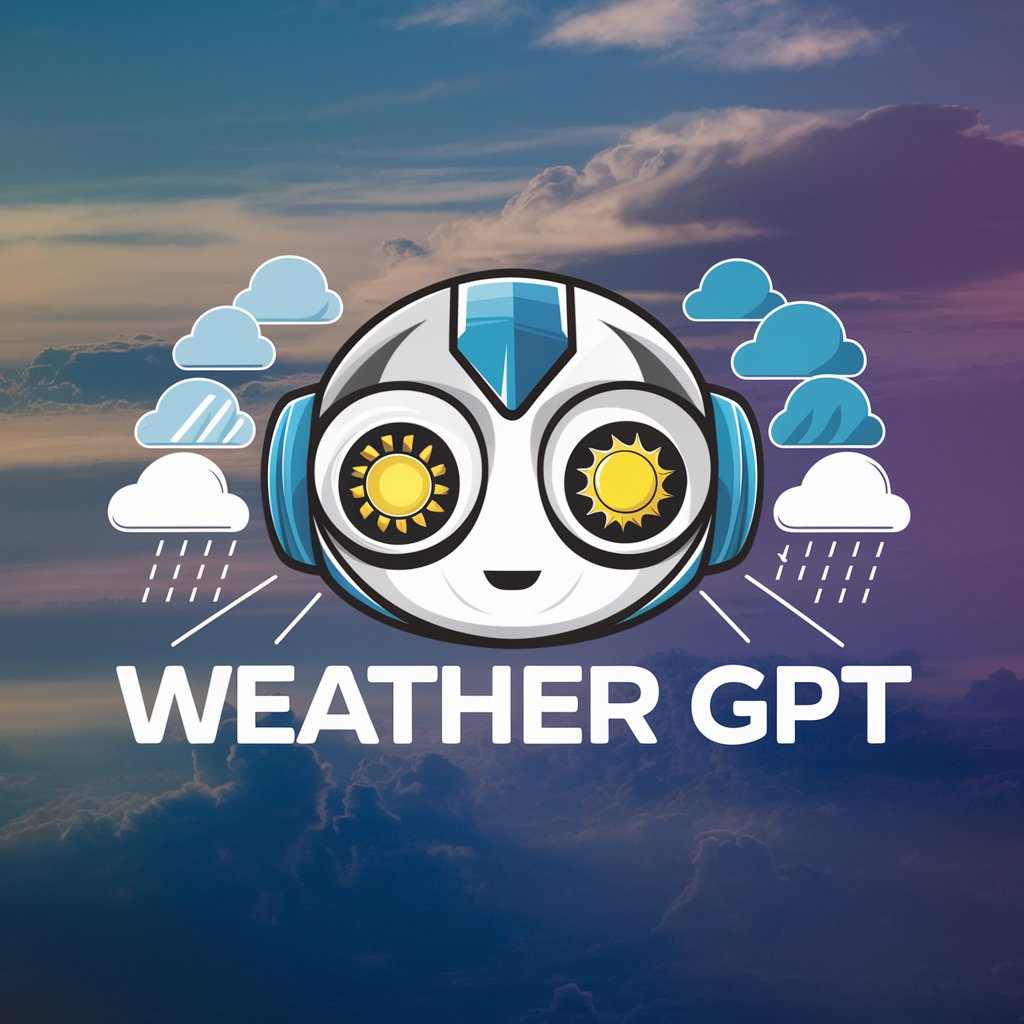
Weather Artist | Climate Illustrator 🌎✍️🌦️
Visualize weather with AI artistry
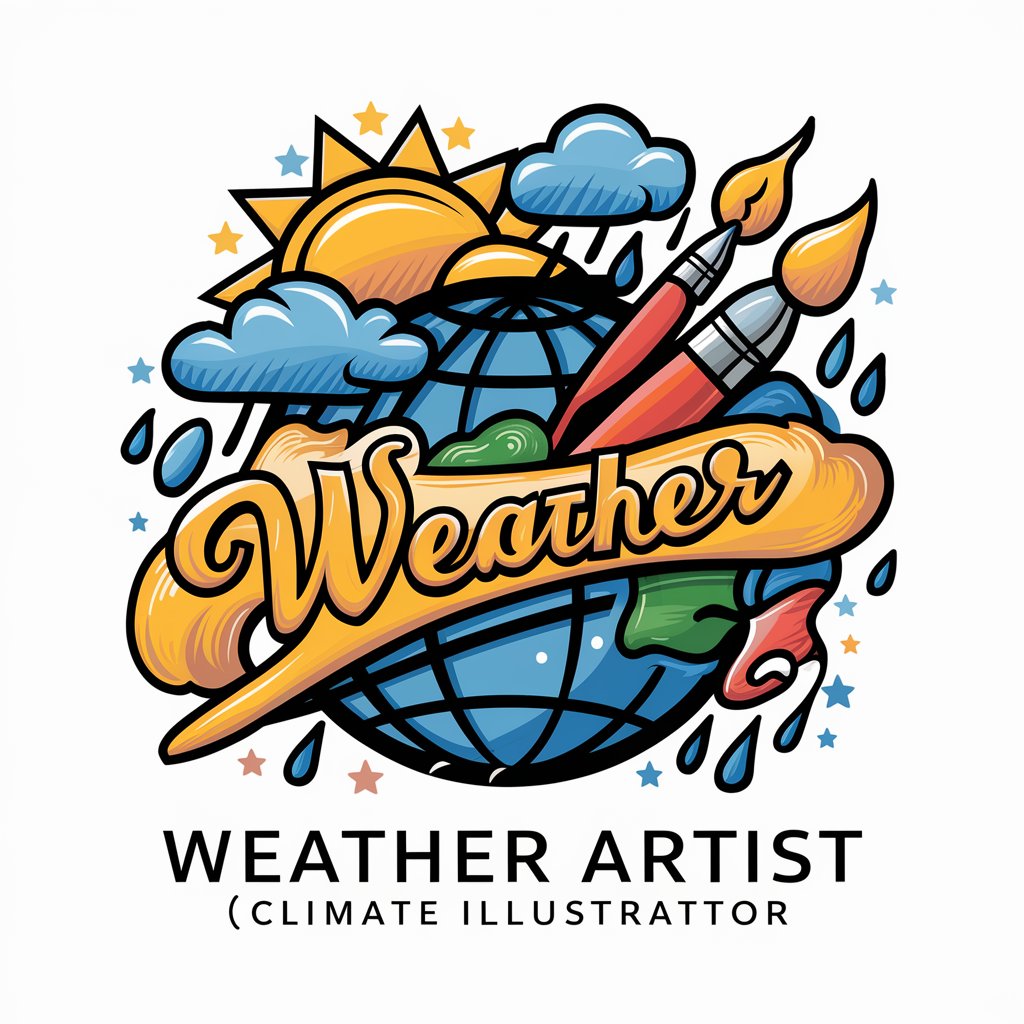
My Weather Graphics
Visualizing Weather with AI-Enhanced Graphics
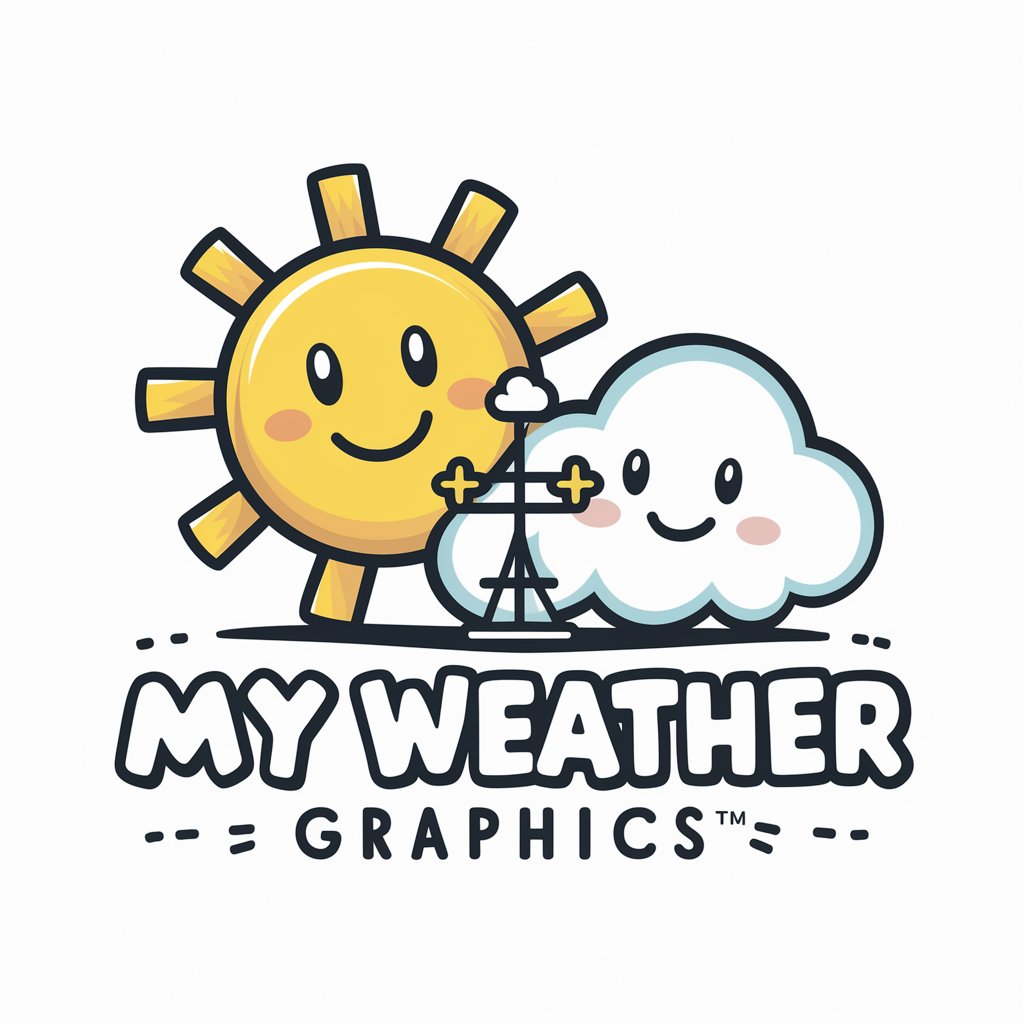
Artistic Weather Sketcher
Blending Meteorology with Artistry
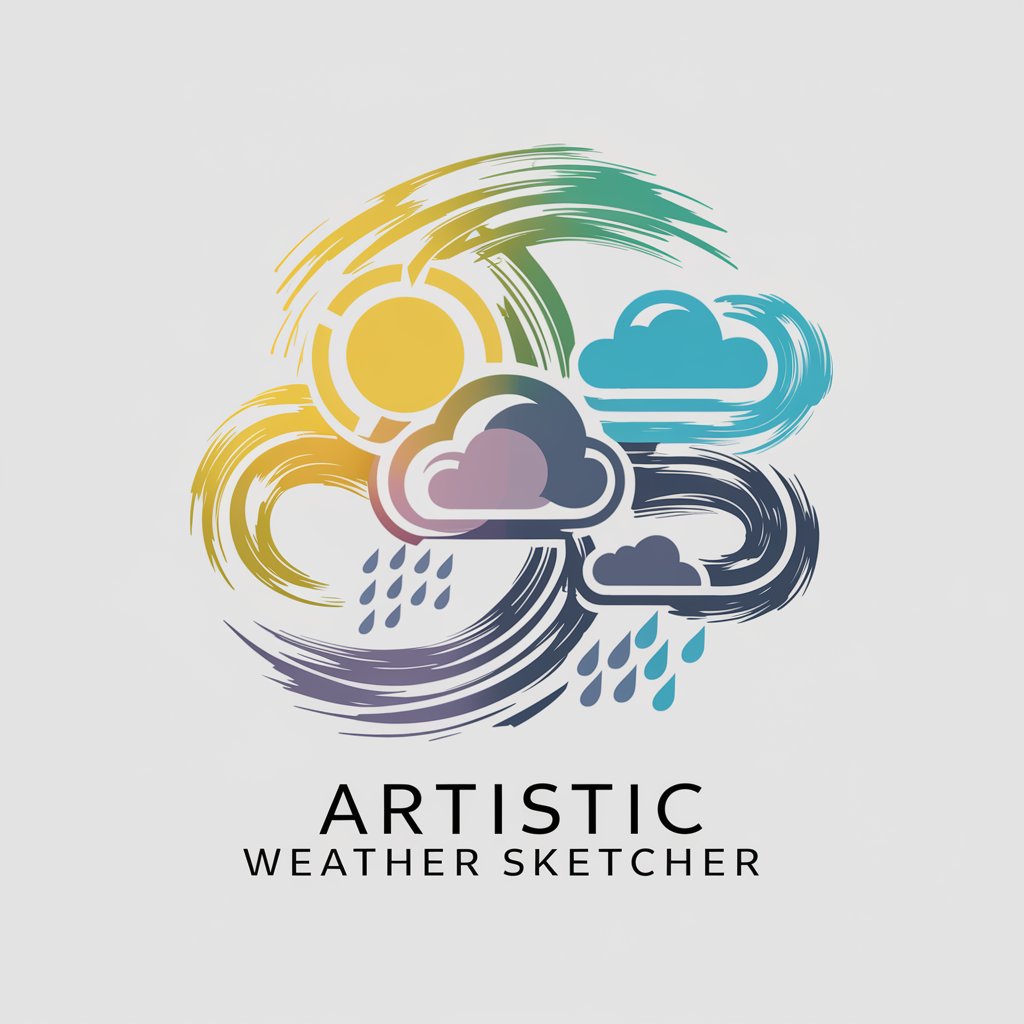
WeatherPix
Visualizing Weather with AI
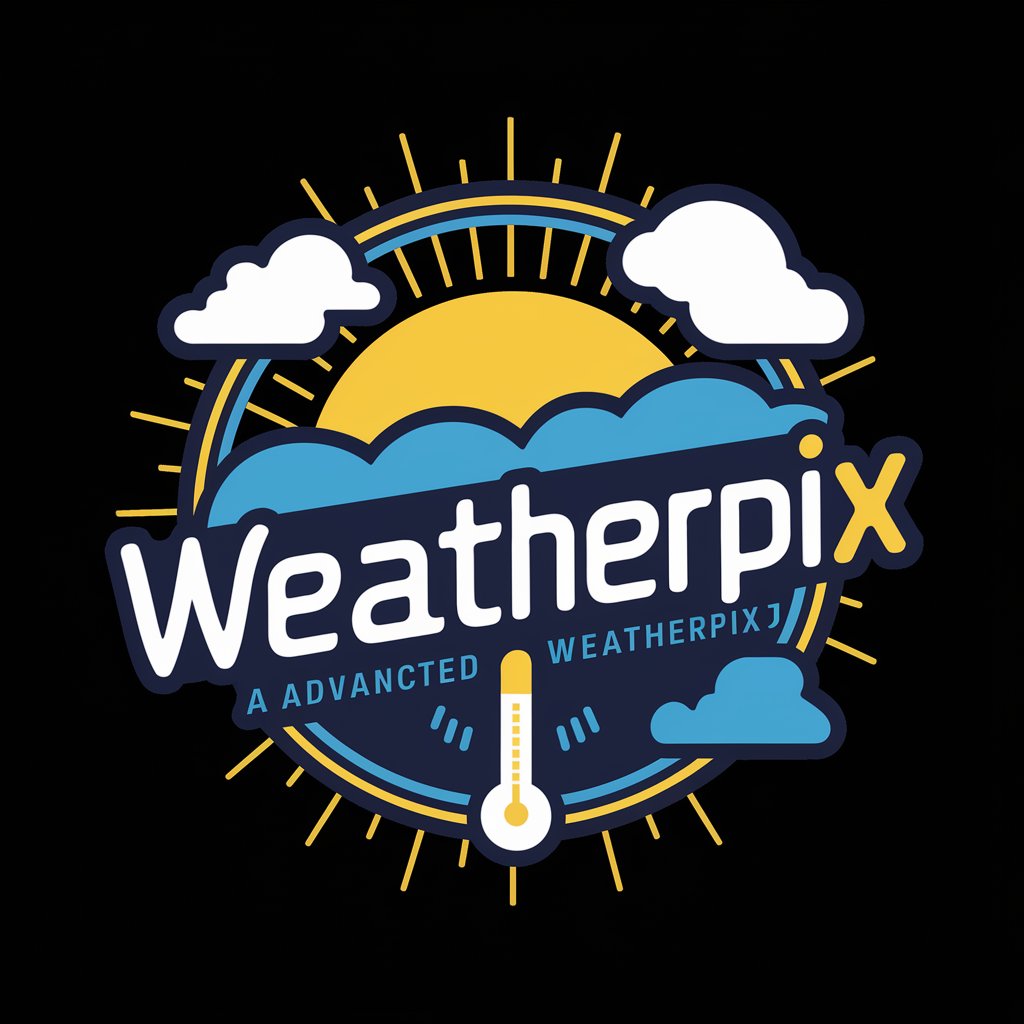
3D城市天气
Transform weather data into art

Weather Graphics Wizard
Visualize Real-Time Weather with AI
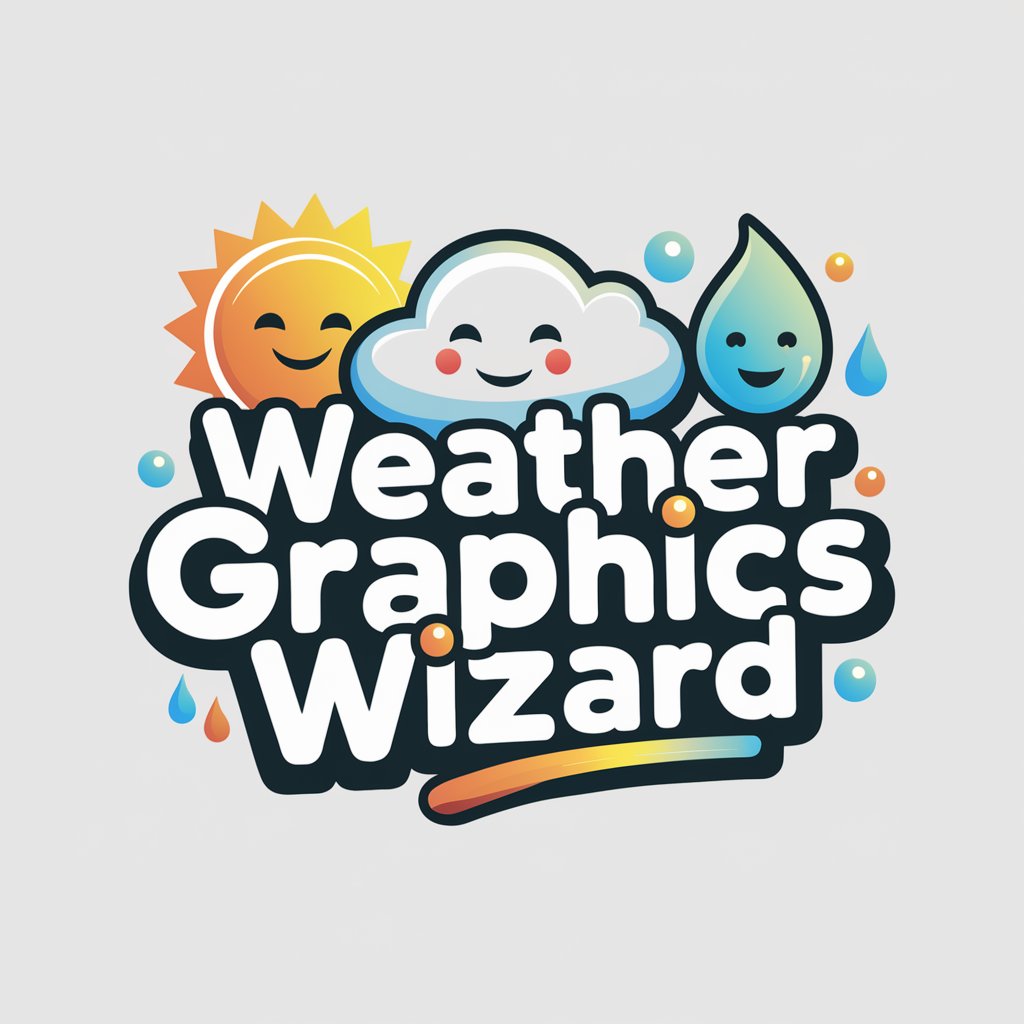
Climate Canvas
AI-powered weather visualization at your fingertips
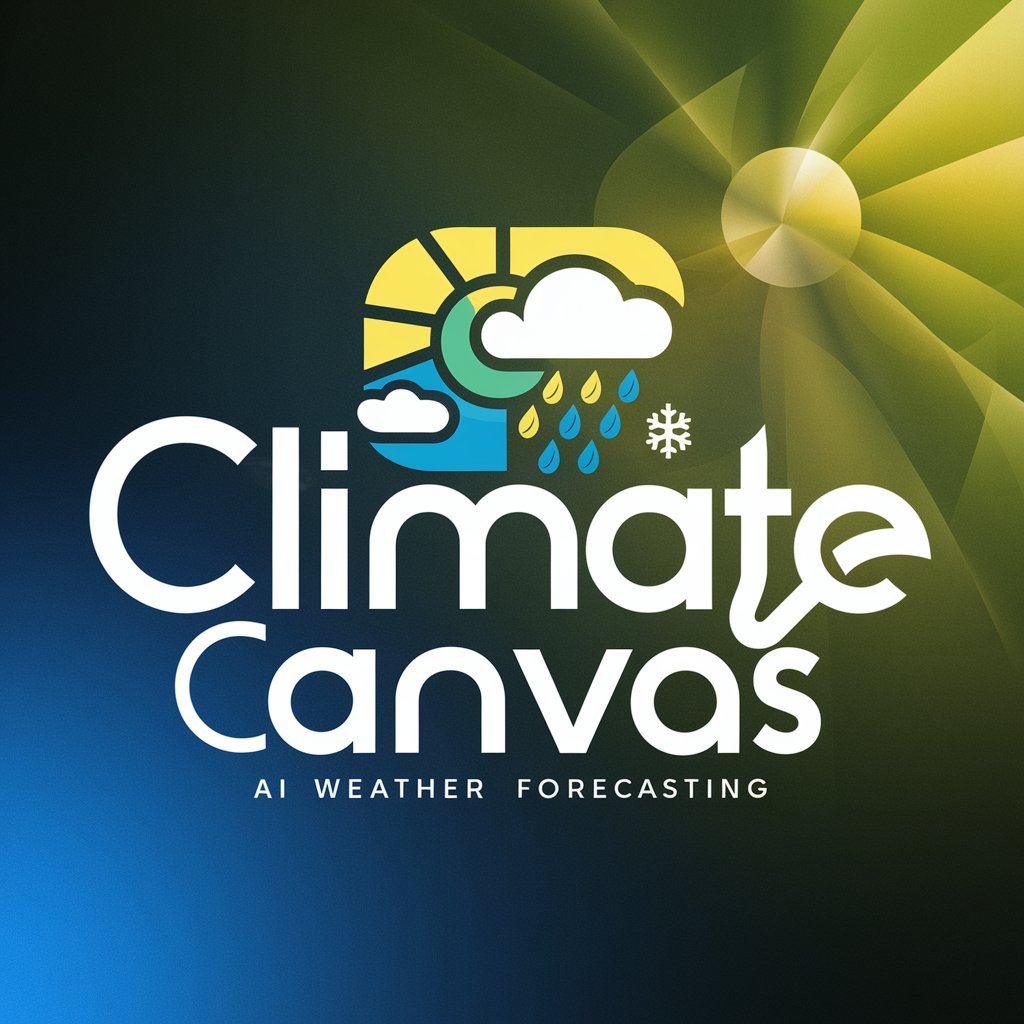
Weather Artist
Visualize weather with AI-powered art.

Friendly Weather Guide
Visualize Weather with AI
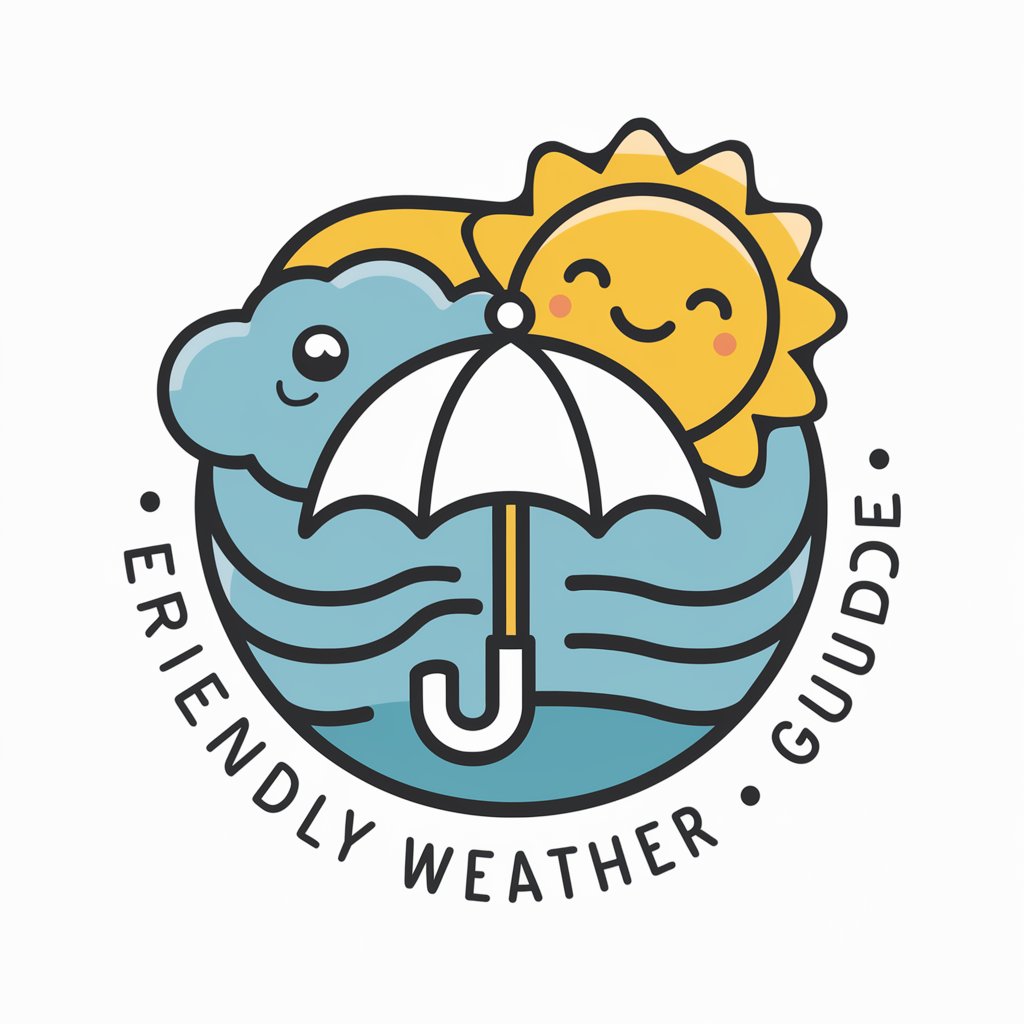
WeatherSnap
Visualize Weather Instantly with AI

Key Capabilities of Weather Visualization GPTs
Weather Visualization GPTs come with a range of unique features including dynamic data interpretation, real-time weather updates, and customizable visualization options. They are capable of processing vast amounts of meteorological data to generate accurate forecasts, trend analyses, and climate models. Special features like interactive maps, 3D weather simulations, and voice-activated queries make these tools stand out. Their adaptability ranges from providing simple weather updates to complex predictive modeling for climate research.
Who Benefits from Weather Visualization AI?
The primary users of Weather Visualization GPTs span from weather enthusiasts and general public seeking easy-to-understand weather forecasts, to professionals and researchers in meteorology who require detailed analyses. Developers and technologists can also leverage these tools to integrate advanced weather features into various applications. The tools are designed to be user-friendly for non-technical users, while offering extensive customization for experts.
Try Our other AI GPTs tools for Free
Data Storytelling
Discover how AI GPTs for Data Storytelling transform complex data into engaging narratives, making insights accessible to all user levels.
Exploratory Analysis
Discover how AI GPTs for Exploratory Analysis revolutionize data interpretation, offering intuitive, efficient, and in-depth insights to drive informed decision-making.
Visual Insights
Discover the power of AI GPTs for Visual Insights: cutting-edge tools designed for analyzing, interpreting, and generating visual content, perfect for professionals across various sectors.
Governance Analysis
Discover how AI GPTs for Governance Analysis transform governance data into actionable insights, enhancing decision-making and policy analysis.
Astrological Forecasting
Discover how AI GPTs for Astrological Forecasting transform celestial data into personalized insights and predictions, making advanced astrological analysis accessible to all.
Medical Conferences
Discover how AI GPTs transform medical conferences with tailored solutions for enhanced organization, engagement, and knowledge sharing.
Expanding Horizons with AI in Weather Forecasting
GPTs in Weather Visualization are not just about displaying data; they're about making weather information more accessible and actionable. With user-friendly interfaces, these tools can be integrated into various platforms, enhancing decision-making in sectors like agriculture, aviation, and event planning. They represent a significant leap in how we understand and interact with weather data, paving the way for more informed and efficient responses to weather-related challenges.
Frequently Asked Questions
What exactly are AI GPTs for Weather Visualization?
AI GPTs for Weather Visualization are sophisticated AI tools that utilize generative pre-trained transformer technology to create intuitive and detailed visual representations of weather data.
Can non-technical users easily use these tools?
Yes, these tools are designed with user-friendly interfaces that allow non-technical users to access and interpret weather data effortlessly.
How do these tools benefit meteorologists and climate researchers?
Meteorologists and climate researchers benefit from the tools' ability to process and visualize complex data sets, facilitating advanced research and accurate forecasting.
Are there customization options for developers?
Developers have access to APIs and programming interfaces that allow for extensive customization and integration into existing systems.
What makes these GPTs tools unique in weather visualization?
Their ability to combine natural language processing with machine learning for dynamic and accurate weather representations sets them apart.
Can these tools predict long-term climate changes?
Yes, with enough data, these tools can model and predict long-term climate trends and changes.
Do these tools offer real-time weather updates?
Absolutely, they are designed to provide up-to-the-minute weather information and forecasts.
How do they handle historical weather data?
These tools can analyze and visualize historical weather patterns, aiding in trend analysis and comparative studies.